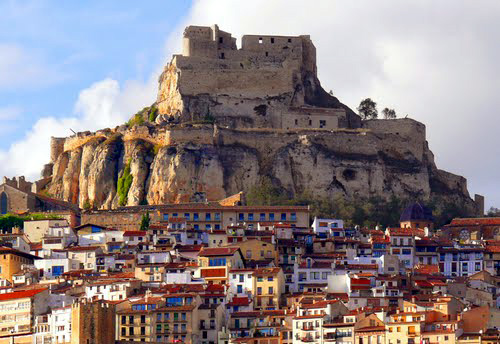 Morella's geographic location has been key over the course of centuries. A Town of passage, a crossroads between the Ebro Valley and the Mediterranean, linking Catalonia, Aragon and Valencia, Morella has witnessed important events throughout its history. Since prehistoric times, times of the Neolithic, Bronze Age, Iberians, Romans, Muslims, Jews, Christians ... everyone saw in this place a fortress with a strategic position. The shape of the city, its castle and walls have witnessed the passing of the likes of Rodrigo Diaz de Vivar, El Cid, who fought two battles in this region to serve the Muslim king of Zaragoza in the eleventh century.
Morella's geographic location has been key over the course of centuries. A Town of passage, a crossroads between the Ebro Valley and the Mediterranean, linking Catalonia, Aragon and Valencia, Morella has witnessed important events throughout its history. Since prehistoric times, times of the Neolithic, Bronze Age, Iberians, Romans, Muslims, Jews, Christians ... everyone saw in this place a fortress with a strategic position. The shape of the city, its castle and walls have witnessed the passing of the likes of Rodrigo Diaz de Vivar, El Cid, who fought two battles in this region to serve the Muslim king of Zaragoza in the eleventh century.
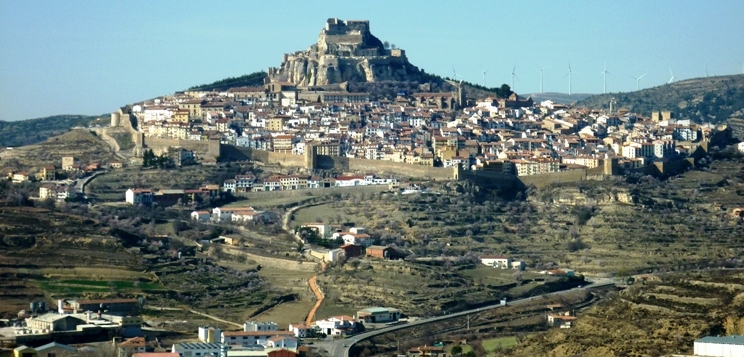
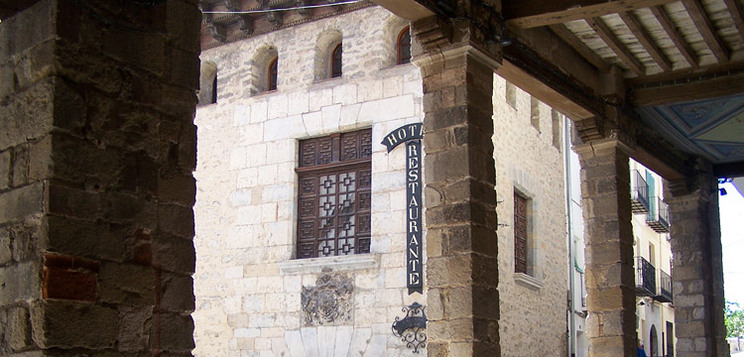
The medieval Christian conquest converted Morella into a town of privileges. Morella was conquered by Christians in October 1231, although on January 7th, 1232 when King James I came triumphantly into the city after tough negotiations with the noble Blasco de Alagón, whom the king had promised could keep as much as he conquered. But the king wanted the walled city and his knight said that "Morella is no place for any man of the world, but for a king because it was as good as a county with their possessions".
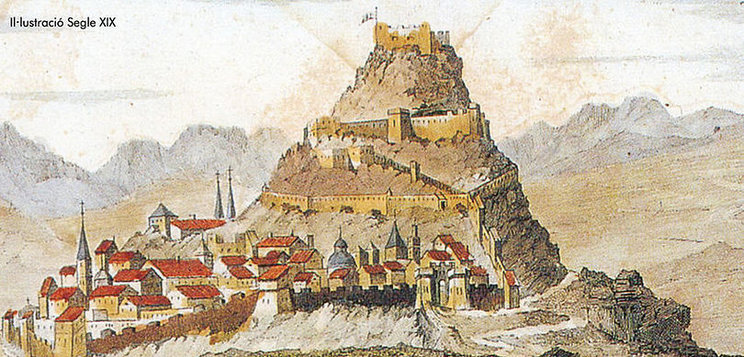
The splendid medieval town is marked by being the axis of the Crown of Aragon, and that Morella would always belong to the King. In 1270 it became part of the Kingdom of Valencia and in the Valencian Parliament, it still occupies the place of the protocol of being 'First Villa' of the Kingdom, just behind Valencia and Xativa. The medieval times were rich, with a society of multiple trade unions, goldsmiths, silversmiths, sculptors, weavers, blacksmiths, and merchants who already travelled to places like Greece, Italy or North Africa.
Another historic moment the city has witnessed was the Compromise of Caspe and the Western Schism. In 1410 Martí l'Humà died without an heir, deciding that his successor would be elected by nine commissioners, one of them was from Morella, Domingo Ram, who, in 1412, when they decided that Fernando de Antequera would be the successor, was bishop of Huesca. In 1414 they met in Morella Pope Luna (Benedict XIII), King Ferdinand I and Fray Vicent Ferrer with the aim of ending the Western Schism, during which time there were three different Popes. The negotiations lasted fifty days without solution, The King and Vicent Ferrer left the obedience of Pope Luna, who remained in Peniscola isolated until his death.
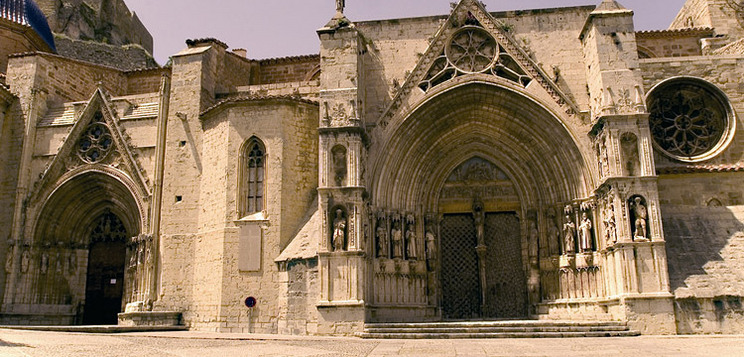
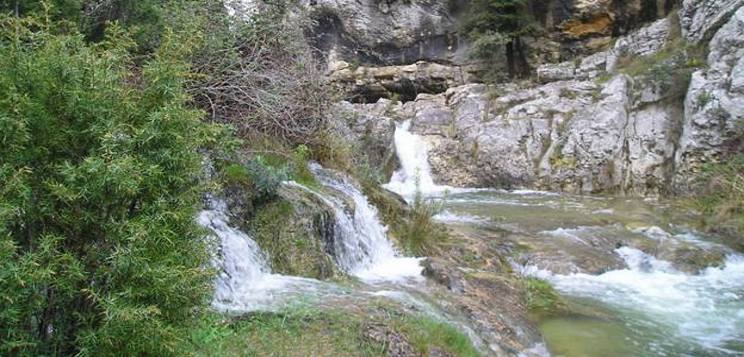
The Succession War also took place in Morella too. During this conflict, local authorities remained with the Borbon side, but two Austrian occupations resulted in the destruction of the neighbourhood of San Miguel. After the bombs, Morella was left with only 1,800 inhabitants but to the astonishment of all, they rebuilt the town. The Decreto de Nueva Planta repealed the existence of the Kingdom of Valencia and Morella came to enforce the laws of Castile.
The Carlist War I is one of the most decisive episodes in the history of Morella. The governor of the town and the Baron de Herbers proclaimed king Carlos V in 1833. The statement did not last long and for two years resisted the area as a small independent state led by General Ramón Cabrera. The wars fought here and in Catalonia predicted more wars in the new liberal state. Reformed the military organization in the area creating the General Command of Maestrazgo (1849-1871) reaching Catalonia, Aragon and Valencia and Morella was its capital, as it was done later to maintain the capital of the province of Castellón and south Tarragona (1871-1879). But once the Third Carlist War finished the military province returned to conform to civil boundaries. Ramon Cabrera, the Tiger of Maestrazgo came to deserve the title of Conde de Morella. After the conflict and after marrying a British noble went into exile in London, repenting of so much bloody battle. In the British capital, there is a street dedicated to Morella, the one where the general lived.
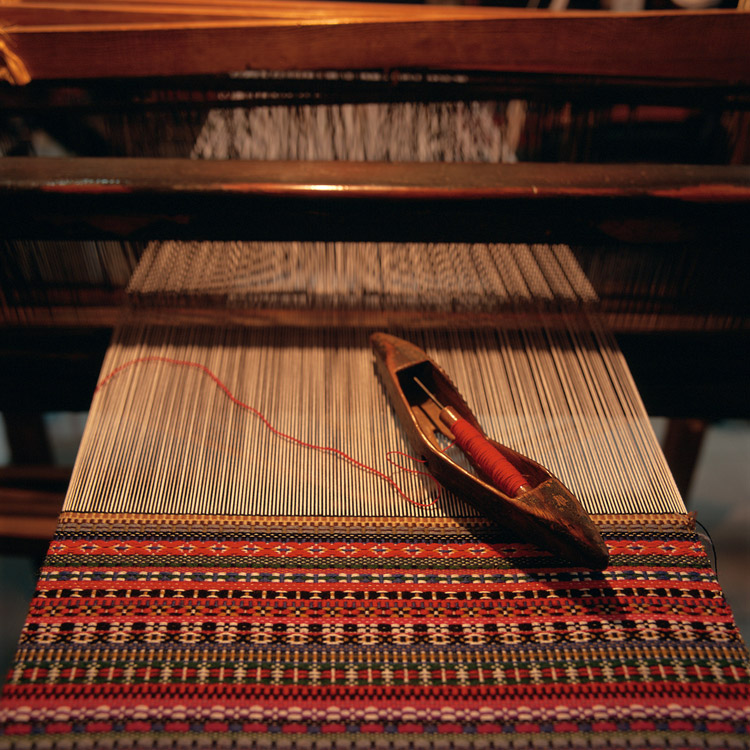 The textile tradition of Morella is one that has lasted to the present day, especially wool, one of the oldest economic activities in this city and the whole region. This activity dates back to the thirteenth century. During the Middle Ages, Morella was literally a textile factory; the wool sheared from their flocks was by the workshop and spindle in every household. The city had hundreds of looms. They wove carpets, fabrics and clothes, cordellats, barraganes and tartans, wool, cotton, linen... At that time, Morella traded with other Mediterranean countries, especially Italy, which provided them with textile products.
The textile tradition of Morella is one that has lasted to the present day, especially wool, one of the oldest economic activities in this city and the whole region. This activity dates back to the thirteenth century. During the Middle Ages, Morella was literally a textile factory; the wool sheared from their flocks was by the workshop and spindle in every household. The city had hundreds of looms. They wove carpets, fabrics and clothes, cordellats, barraganes and tartans, wool, cotton, linen... At that time, Morella traded with other Mediterranean countries, especially Italy, which provided them with textile products.
Later, in the eighteenth, nineteenth and twentieth century, the most important products were bags, belts, blankets of Morella, blankets for the mules and shepherds. There are still some industries that you can visit that produce blankets, belts, bags and beautiful colourful paintings of great quality. It is a creative handcrafted activity, handed down from generation to generation.
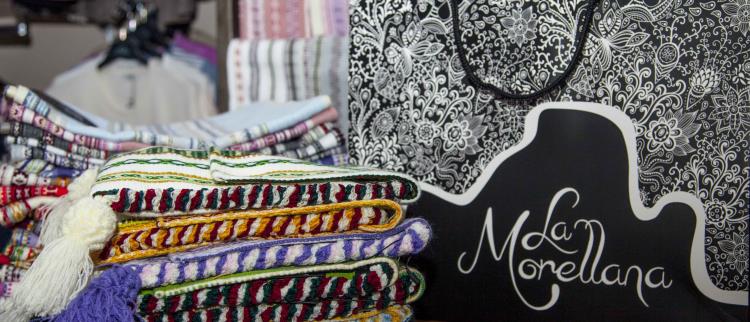
During the nineteenth and early twentieth centuries, the population lived exclusively from textile production and derivatives such as dyeing, thanks to important industrial complexes such as the Factory Giner that established an important connection with the Catalan industry.
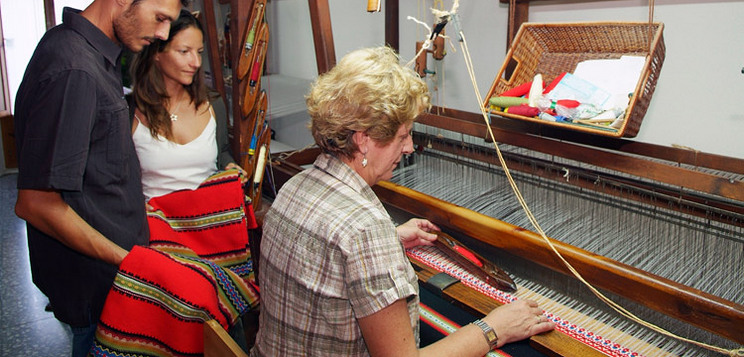
The blanket of Morella is unique in its design, its horizontal stripes and the combination of colours. They are made of wool and cotton and are available in various establishments that sell craft products and clothing. These fabrics have evolved in terms of functionality and we can buy them not only as blankets or quilts, but also to create curtains, table runners, cushions, bags, even clothing and accessories for cultural and festive costumes.
Another reason to visit Morella is the new Morella Astronomical Observatory, located in the Torremiró rest area, highway N-232 allows one to look at the sky in the middle of nature. It is a privileged place without light pollution, with excellent conditions for observing the night sky. A high-quality telescope allows us to see the stars, the rings of Saturn, the craters on the moon, meteor showers, tears of San Lorenzo ... Throughout the year there are guided tours. The Centre is coordinated by the local association Astromorella and for any questions, contact the Tourist Office of Morella. They often organise observation nights which cost around €8 a person.
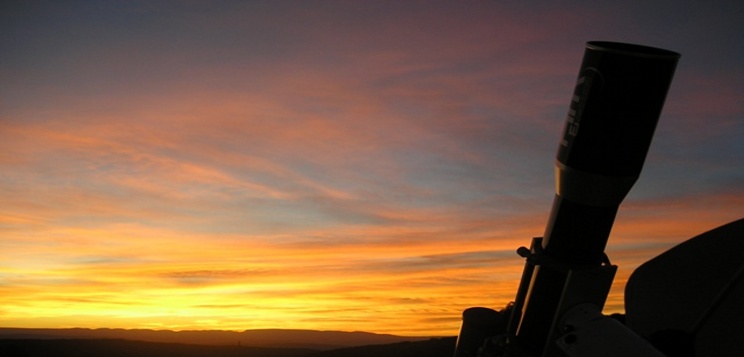
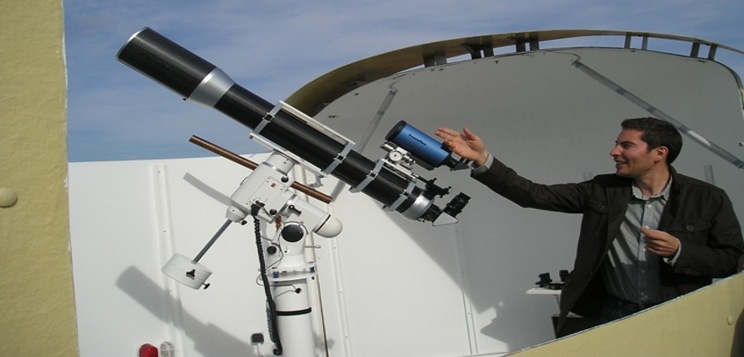
Tourist Info Morella
San Miguel square
Tel. 964 173 032
e.mail morella@touristinfo.net